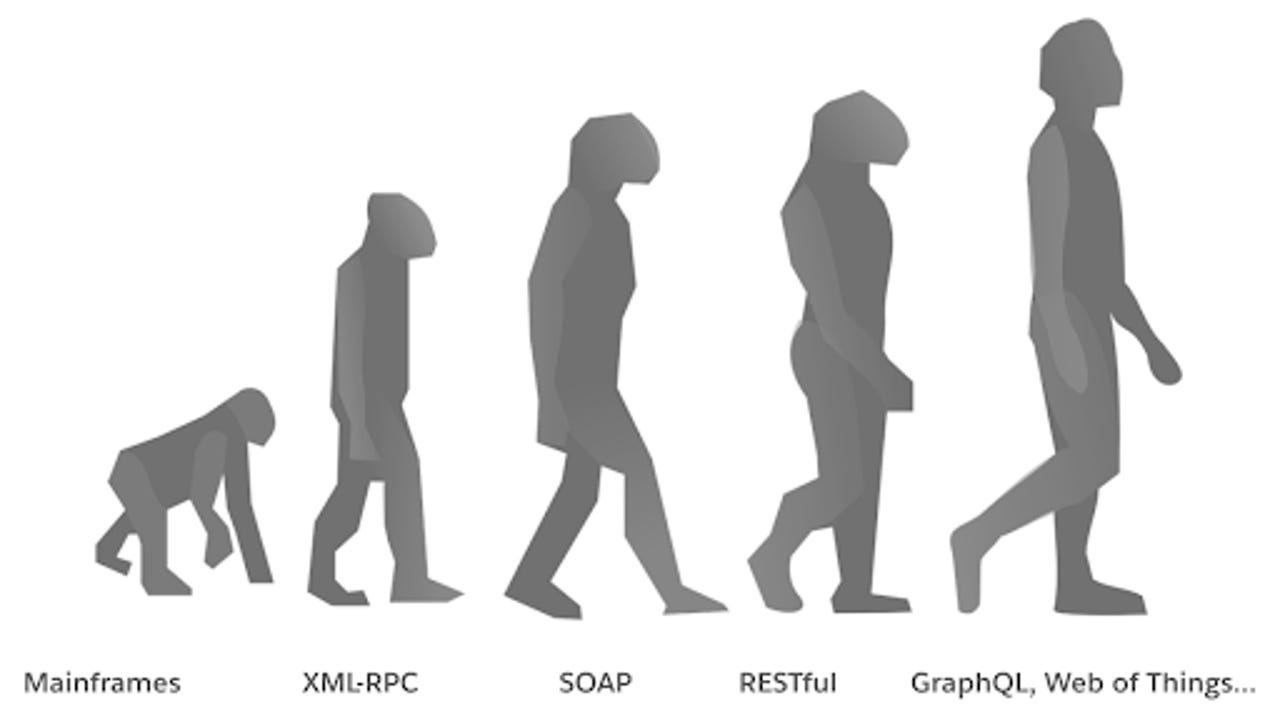































To some students of modern technological history, the"connectivity"part of the internet looked very different just a few decades ago. The connectivity layer includes APIs, protocols such as HTTP, and agreed-upon architectural patterns that unlock data. As a result, technology professionals speak about"legacy modernization"projects to expose old technology silos that would otherwise remain hidden from the digital lifeblood of the business. These so-called digital transformation projects often relied on XML-RPCs to enable integrations with mainframes while the new digital era brought standards such as REST, GraphQL and Web of Things.
 Free for commercial use. No attribution required.
Free for commercial use. No attribution required. While established companies invest in new APIs to support digital transformation projects, early startups build on top of the latest technology stacks. This trend is turning the Internet into a growing fabric of interconnected technologies the likes of which we've never seen. As the number of new technologies peaks, the underlying fabric - otherwise known as the API economy - fuels the market to undergo technology consolidations with the historic-high number of acquisitions.
There are two interesting consequences of this trend. The first is that all of this drives the need for better, faster, and easier-to-understand APIs. Many Integration-Platform-as-a-Service (iPaaS ) vendors understand this quite well. Established iPaaS solutions, such as those from Microsoft, MuleSoft, and Oracle, are continually improved with new tools while new entrants, like Zapier and Workato, continue to emerge. All invest in simplifying the integration experience on top of APIs, essentially speeding the time-to-integration (a level of growing importance when it comes to business agility). Some call these experiences "connectors" while others call them "templates." But in the end, the leading integration minds are actively invested in this area.
The second consequence is well-defined, protocol-based connectivity. Looking at the world of REST
 Etiquetas calientes:
negocio
desarrollador
Etiquetas calientes:
negocio
desarrollador